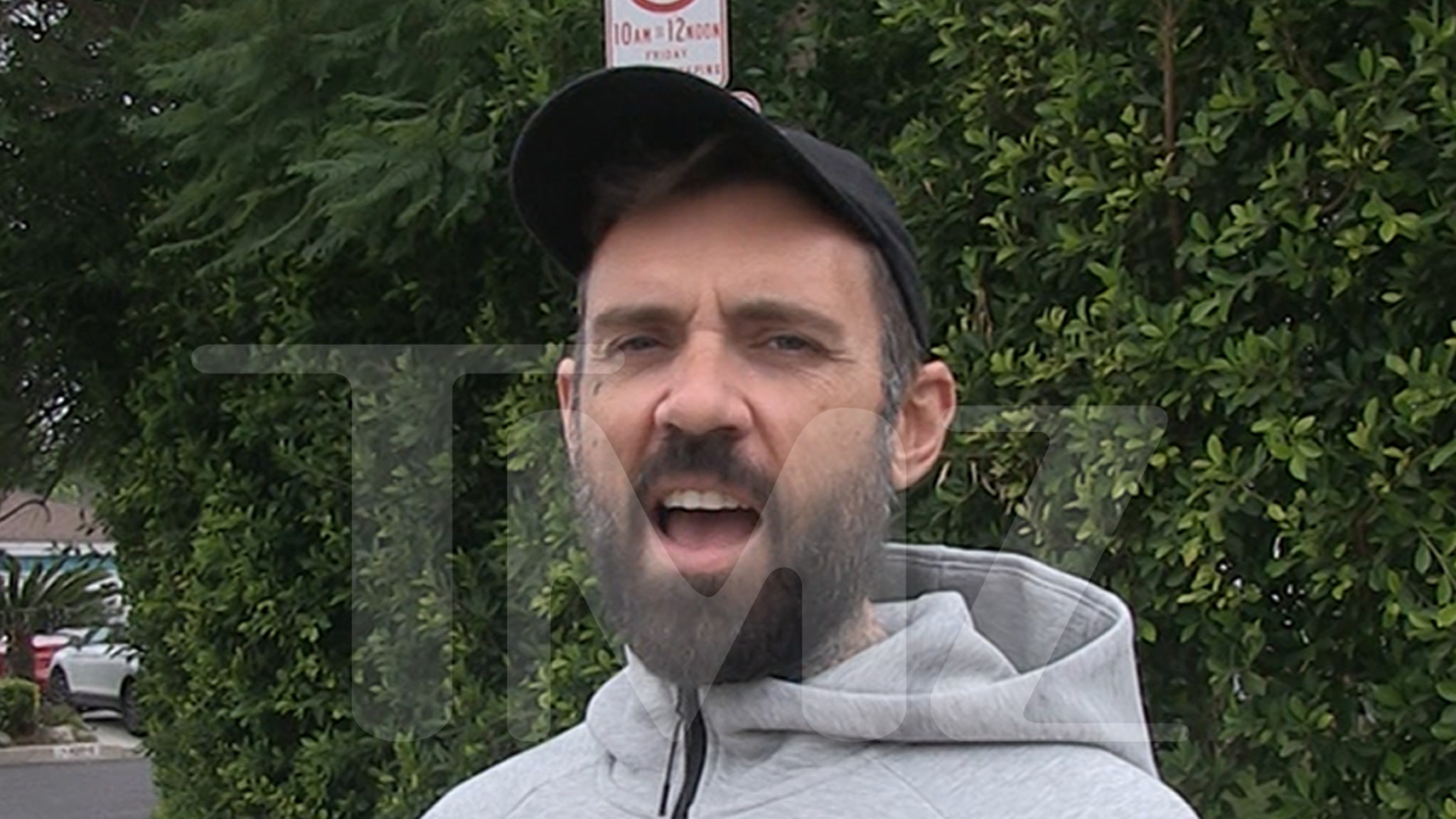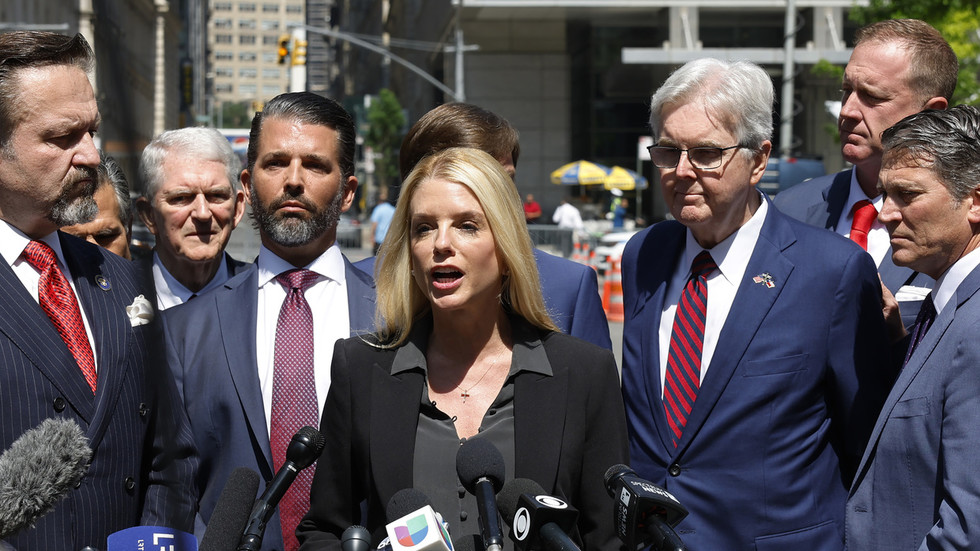If there’s any chapter of the Beatles’ saga that Beatles fans the world over feel they know in their bones, it’s the early months of 1964, when the Beatles first came to America — a happening that shook the world, and that changed it profoundly. “Beatles ’64” is a documentary that chronicles the three weeks the Beatles spent in the U.S. starting in February of that year. They came to New York to perform on “The Ed Sullivan Show” (their first appearance on the show was Feb. 9). They then took a train to Washington, D.C., to give a concert at the Washington Coliseum, then flew to Miami Beach, where they did their second “Ed Sullivan” appearance.
“Beatles ’64” opens with an extended sequence devoted to the early-’60s reign of John F. Kennedy — because, as has been noted so often, JFK was assassinated just a little over two months before their arrival, and that tragedy set the stage for the Beatles. They lifted America, and the world, out of the cataclysm of JFK’s loss. Other aspects of Beatlemania covered by “Beatles ’64” that may, at first, look overly familiar include the cheekiness of the Beatles at press conferences (asked why their music excites people, John quips, “If we knew, we’d form another group and be managers”) and, of course, the transference of rapture that took place between the Beatles and their fans, the majority of whom were teenage girls. The screaming, the crying, the ecstatic delirium — everywhere they went, the Beatles set off paroxysms of bliss, which they, in their performances, reflected back.
But we’ve seen all this before. The powerful pull of “Beatles ’64,” which counts Martin Scorsese as its lead producer and was directed by David Tedeschi (the editor of Scorsese’s two-part HBO film “George Harrison: Living in the Material World” and the co-director of his 2022 David Johansen doc “Personality Crisis: One Night Only”), is that it takes this fabled, high-swoon moment of pop-music history, almost all of which we now view through a mythological lens, and humanizes it in an exhilarating way.
The movie, which premieres Nov. 29 on Disney+, is built around footage, originally shot by cinéma verité legends David and Albert Maysles, that was first seen in their 1964 documentary “What’s Happening! The Beatles in the U.S.A.” But “Beatles ’64” also includes 17 minutes that never made it into that film. The Maysles, following the Beatles around, shot 11 hours of material, and Scorsese and Tedeschi have gone back to all that 16mm footage, which has been entrancingly restored by Peter Jackson’s WingNut Studios.
Black-and-white sequences of the Beatles sitting around their Plaza Hotel suite, or of their fans gathered in the street below, now look and feel like they were shot yesterday. The technological upgrade is stunning, but the reason the footage feels so alive is that the Maysles were extraordinary filmmakers who always caught the reality behind the mythology (which is why their work has always stood the test of time). They interviewed many of those Beatle fans, and while we tend to view those girls as cliché teenyboppers — the latest iteration of a line that started with the fans of Frank Sinatra and Elvis — the Maysles present them as the individuals they are. What we see is that a lot of the girls are shockingly unshy and mindful about their worship of the Beatles.
Another thing that sets “Beatles ’64” apart is that the film is full of incisive commentary: latter-day reminiscences by several of those fans, as well as meditations on the meaning of it all by figures like David Lynch, Joe Queenan, Jamie Bernstein, and Smokey Robinson, who speaks with fierce perception about the nature of women’s unguarded emotionalism in dictating the shape of pop-music culture. Whether it’s Jamie Bernstein (Leonard’s daughter) talking about how she dragged the family TV into the dining room to watch the Sullivan show, or David Lynch evoking what it is that music like that of the early Beatles does to you, or Betty Friedan, in an old TV clip, speaking with daunting eloquence about how the Beatles incarnated a new vision of masculinity that threw over the old clenched model, these testimonials color in the consuming quality of our collective passion for the Fab Four.
Early on, there’s a sequence of the Beatles in transit, each of them putting on headphones that let them hear recordings of their voices. There’s something touchingly metaphorical about that. The Beatles would preside over a world where projections of who they were took on a life weirdly separate from themselves. The documentary shows you that they understood this, instinctively, from day one. Seated in their “prison” of a suite in the Plaza, whiling away the hours (scenes that might have been the model for “A Hard Day’s Night”), always cutting up with that whimsical Liverpool put-on that takes everything just so lightly, as if it weren’t real, they were perfectly positioned, as personalities, to become the eye of the new media storm.
The movie intercuts later footage as well: interviews with the Beatles from the ’70s (like, for instance, John Lennon on “The Tomorrow Show”), along with comments from Paul and Ringo today, all of which lends context to the notion that the Beatles, in 1964, were once-in-a-century artists channeling something larger than themselves. Raised in the gritty port city of Liverpool after WWII, they grew up in a hardscrabble hellhole, and there’s something almost poetic about the global electricity they set off by coming to the United States, a country that had always been predicated on “the pursuit of happiness.” With the Beatles, the pursuit, at long last, was over. Happiness had arrived. They were the ones who told America, and the world: You deserve something that feels as good as this.
You can feel that in the live performances, which have been remastered by Giles Martin so that we hear how inspired their playing was even underneath all that screaming. Songs like “Please Please Me” and “This Boy” electrify with a new fervor, and there’s a sequence from the Washington, D.C., show of Paul singing “Long Tall Sally” that lifts that song into its own Little Richard–meets–Beatles dimension of reckless jubilance. When Paul sings, “Have some fun tonight!,” he turns it into the credo of a new era.
The Maysles, God bless them, covered the waterfront. They interview residents of Harlem about the Beatles (we hear enthusiasm from the teenagers, skepticism from slightly older folks who feel the sting of appropriation). And they record a family, the Gonzalezes, watching that first Beatles appearance on “Ed Sullivan” in their kitchen. Their teenage daughter is quiet yet transfixed, lifted up high. This is what the revolution looked like.
The Beatles brought joy to the world because they felt it. And it was there in the love you can sense they felt for each other. George Harrison talks about how everyone in Liverpool was a comedian, and in the documentary’s offstage sequences we see how the effrontery of all four Beatles — their effortless irreverence — becomes a form of grace. Surrounded by worship, the Beatles thrived because they never took any of it totally seriously. They were ardent musicians but comedians of the soul; that’s why they could mimic, and absorb, a thousand styles. The most profound moment of “Beatles ’64” arrives at the end, when Lennon, in an interview he did for French television, sums up what he thinks the Beatles meant by saying that a new ship was sailing, and that the Beatles were the ones in the crow’s nest, announcing the ship’s arrival. But the ship was bigger than they were. We’re still clinging to the remnants of that ship. But oh, whatever happened to the wisdom of the Beatles’ joy?

 By Variety | Created at 2024-11-25 20:17:55 | Updated at 2024-11-27 03:48:25
1 day ago
By Variety | Created at 2024-11-25 20:17:55 | Updated at 2024-11-27 03:48:25
1 day ago







